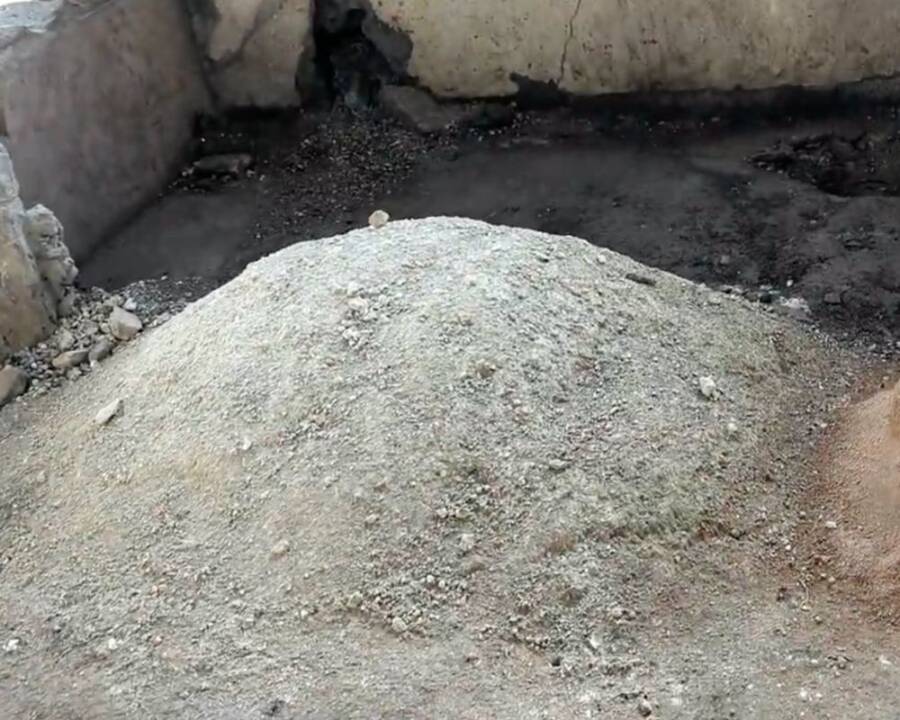
www.newsbusters.org
Bari Weiss Makes On-Air Debut on Major CBS Newscast to Emphasize Open, Honest Debate
With an appearance on Friday’s CBS Mornings, CBS News editor-in-chief Bari Weiss made her formal on-air debut on one of the network’s flagship newscasts and she made it count as it was to both promote Saturday’s airing of a town hall she had taped earlier this week with Erika Kirk and set the tone for what should be the network’s future of embracing a diversity of views.
The fullest depiction came in the second half of her appearance as featured co-host Vladimir Duthiers echoed the need for honest debate, so he made sure to tell viewers Erika’s late husband “Charlie Kirk was controversial in his life” and “[s]ome of his critics called his organization racist, xenophobic, sexist, homophobic.”
After a long clip of Weiss asking Erika about some of Charlie’s comments that said “critics” would label as incendiary, Duthiers followed up by wondering what Weiss would say to those declaring it “harmful to platform” the Kirks.
Watch as Weiss leveled a response that will hopefully serve as a north star for CBS News and any liberal network looking to regain the public’s trust after decades of self-inflicted hits and overinflated egos (click “expand” to read in full):
MORE OF THIS, PLEASE: Important comments from CBS News editor-in-chief @BariWeiss to colleague @VladDuthiersCBS about having conversations with those we disagree with, even if you may think someone is controversial and wrong...
CBS’s Vladimir Duthiers: “So, Bari, when I… pic.twitter.com/Sw2xHrgV7w
— Curtis Houck (@CurtisHouck) December 12, 2025
I just fundamentally disagree with the idea that we shouldn’t be able to speak across divides. That doesn’t mean that there are not lines. The question, of course, is whether or not Charlie Kirk crossed those lines and, in my view, you hear me quote many of the controversial things he said — needless to say, there are many things Charlie Kirk said in his life that I vehemently disagree with, but, to me, that’s not the point. The point is that we are walking into an abyss as a country if we accept the idea that words are violence, but violence, if directed at the right targets, is acceptable. I fundamentally reject that world view.
The entire point of our democracy, the whole premise of it as we’re entering our 250th year is that we solve our problems by persuasion. We solve our problems by talking to one another. We don’t solve our problems by shooting one another in the neck as happened that day at that Utah college and so, to me, especially as we’re living in a world where you can live next door to someone and if you have different things on your social media feed, you can live in a different reality — and so, the point of this conversation, even if it makes some people uncomfortable, even if they disagree with something they heard on stage, I disagreed with some I heard on stage. The point, that’s the whole nature of the democratic process and this conversation and this whole series that we’re going to be announcing in the coming days, the point is to revive that in a moment this country needs it. More than ever.
Going to break, co-host and incoming CBS Evening News anchor Tony Dokoupil doubled down on this and, while perfectly accurate, need to be repeated over and over going forward in this new era after, again, a decades-long stench of bias:
[I]f you’re watching the news on whatever channel you’re watching, you agree with everything you hear, you’re getting it wrong and second, if you’re only getting those one lines as somehow a summary of a person’s whole life or way of thinking, that’s not true persuasion and that’s not democracy.
As we wrote when Dokoupil was named Evening News anchor, count on NewsBusters to continue providing complete coverage of CBS and calling balls and strikes as to whether this new thinking prevails, fails, or is merely lip service.
But rewinding to the beginning, Dokoupil set the tone by playing a clip of Kirk in the town hall telling Weiss she “never agree[s] with political violence” and while “we can blame everyone else” from the perpetrator to elected officials, real change starts when we all “tak[e] responsibility.”
Back live, Dokoupil asked Weiss to explain why she had Kirk serve as the lead-off for what will be a series of CBS News townhalls at a time when “there are tough conversations and people often don’t feel they can have them because they can’t speak openly about certain topics and ideas.”
Weiss first stated the reality that, as a result of her husband’s murder, Erika is now leading “the most important conservative organization in the country” and thus will have enormous sway “over the direction of the right, especially after Trump.”
Having said that, Weiss gave CBS News viewers a perspective that was likely unfamiliar to many of their liberal base, which was the country’s in a dangerous place because someone was murdered “practicing the most fundamental of American rights” in “trying to persuade people with words” and the fallout has devolved into celebrations and conspiracy theories:
.@BariWeiss in her @CBSMornings debut, promoting her town hall tomorrow with @MrsErikaKirk and taking aim at those who celebrated Charlie’s assassination and the conspiracy theorists claiming she had something to do it...
“I think Erika Kirk is a victim of what could be a very,… pic.twitter.com/lU3t3Vrlw0
— Curtis Houck (@CurtisHouck) December 12, 2025
“What matters is that because — she speaks about this in the interview, the brain rot that social media is allowing to spread, the way that it is detaching us from humanity, from our ability to talk to one another and our ability to discern the truth from just out and out lies is something that is incredibly important as a theme,” Weiss added.
Co-host Gayle King asked Weiss to weigh in on Erika embracing her Christian faith in this time of enormous pain. Weiss replied that, as someone’s not Christian, Kirk’s belief in Christ was been “powerful” to witness and that someone could hold the duality of forgiving the alleged shooter while still embracing the need for him to face the criminal justice system.
CBS’s @BariWeiss on @MrsErikaKirk’s Christian faith being her rock since Charlie’s murder...
“I’m not Christian, but bearing witness to something that in her is clearly very deeply held and sincere was quite powerful and powerful for everyone in the audience. I think the thing… pic.twitter.com/34YnGxotsV
— Curtis Houck (@CurtisHouck) December 12, 2025
To see the relevant CBS transcript from December 12, click here.












